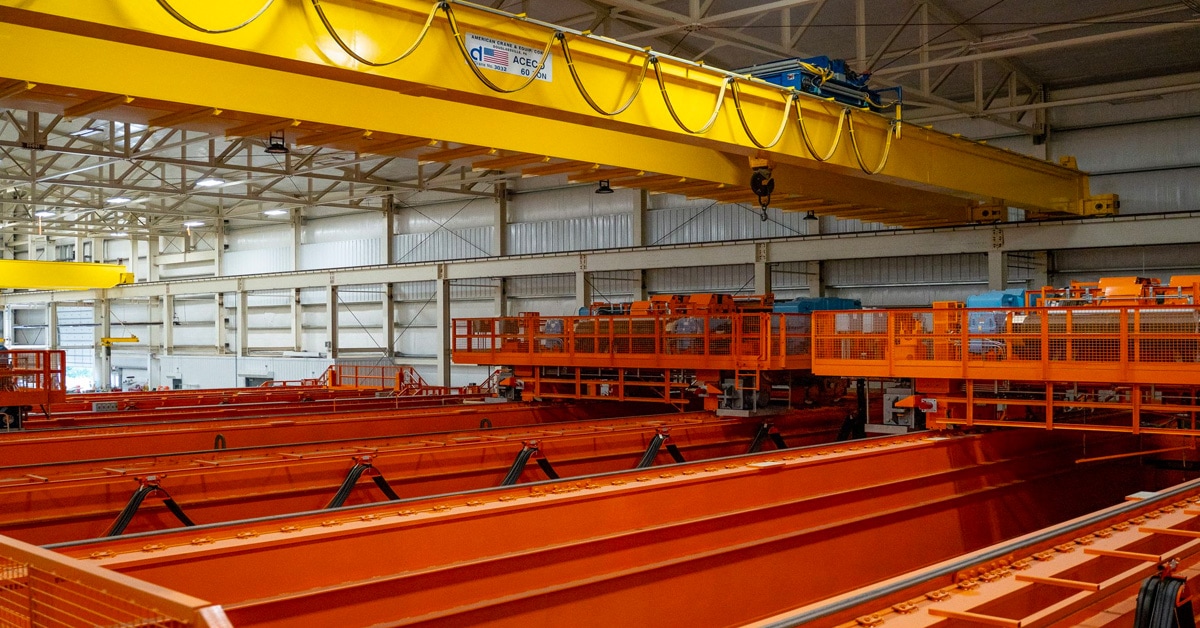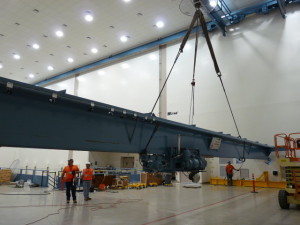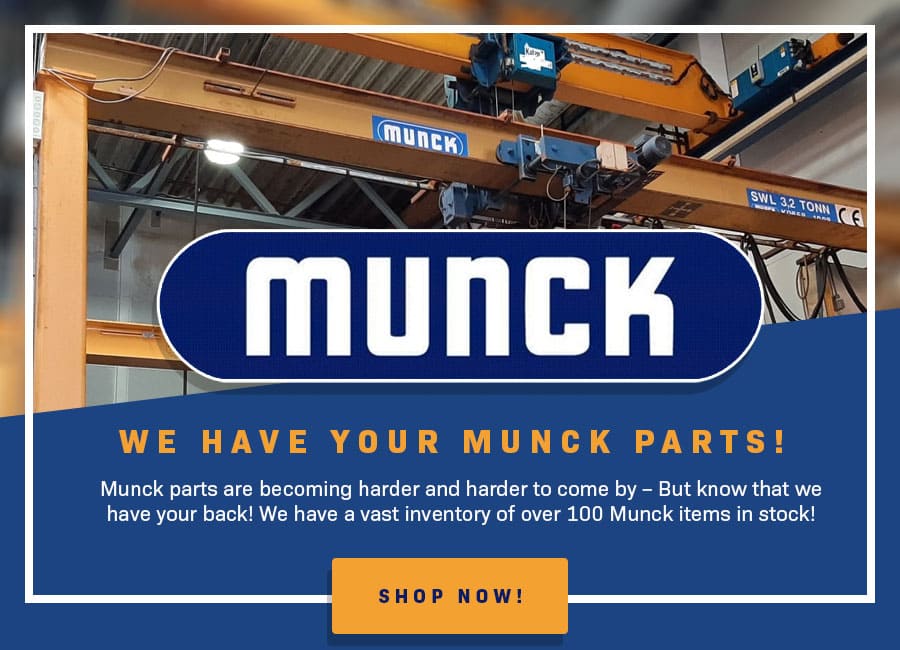Driving Innovation and Excellence: How MHI & CMAA Elevate ACECO in the Overhead Lifting Industry
Leave a Comment
Introduction
At American Crane and Equipment Corporation (ACECO), we have been proudly serving the overhead lifting industry for over 50 years. Our commitment to being Expert, Craftsman, and Partner has made us a trusted name in the industry. In this blog post, we will explore how our mission to make your life easier aligns with our involvement in industry associations like MHI and CMAA, as well as the benefits of repurposing content to provide you with the best possible solutions.
The Power of Partnerships: MHI and CMAA
The Material Handling Industry (MHI) and the Crane Manufacturers Association of America (CMAA) hold significant importance in the overhead lifting industry. At ACECO, we recognize the value of these associations and actively participate in them to ensure that we provide the best possible solutions to our clients.
MHI serves as a reputable trade association, acting as the voice of the material handling and logistics industry. By being a part of MHI, ACECO stays informed about industry trends, standards, and technological advancements. Our membership in MHI grants us access to valuable resources and networking opportunities, enabling us to deliver cutting-edge solutions that make our customers’ lives easier and more efficient.
Similarly, ACECO’s affiliation with CMAA, a respected trade association representing manufacturers of overhead cranes and hoists, highlights our commitment to upholding the highest quality and safety standards. CMAA plays a vital role in establishing specifications and guidelines for overhead cranes, ensuring that they meet industry regulations. By aligning our operations with CMAA standards, we prioritize the reliability and safety of our lifting equipment, providing our customers with solutions they can trust.
Our participation with MHI and CMAA showcases our dedication to staying informed, collaborating with industry leaders, and contributing to the advancement of the industry. These affiliations reflect our company’s commitment to being your Expert, Craftsman, and Partner. We strive to deliver superior products and services while upholding the highest standards of quality, safety, and professionalism. Through these associations, we leverage knowledge, resources, and networking opportunities to lead the industry with our new Smart Crane Technology and other innovative solutions.
Learn more about CMAA and MHI here: https://www.americancrane.com/why-is-the-cmaa-important/
Making Information Accessible
At ACECO, we recognize the importance of knowledge in making well-informed decisions. That’s why we embrace dynamic information dissemination strategies. By adapting and sharing valuable insights across multiple platforms, we ensure industry expertise is accessible to a broader audience, including our esteemed partners.
Through collaborative efforts, we reinforce our position as thought leaders in the overhead lifting industry. Whether it’s through our blog, social media channels (YouTube, Facebook), or contributions to reputable industry publications, we offer diverse formats to cater to various learning preferences. The inclusive approach enables us to actively engage with our partners, providing the essential information necessary to navigate the ever-changing landscape of our industry.
At ACECO, we do what we commit to do, we do it well, and we do it on-schedule. Our goal is to make your life easier, and we are dedicated to solving your most complex problems.
Together, we evolve, innovate, and build a brighter future in the overhead lifting industry.
#MAKEITEASY
Contact us to learn more.




 Explosion Proof Crane – Specially designed cranes with electrical components that keep any potential explosions contained within the components, therefore preventing any accidental ignition of hazardous materials in the surrounding air.
Explosion Proof Crane – Specially designed cranes with electrical components that keep any potential explosions contained within the components, therefore preventing any accidental ignition of hazardous materials in the surrounding air.

